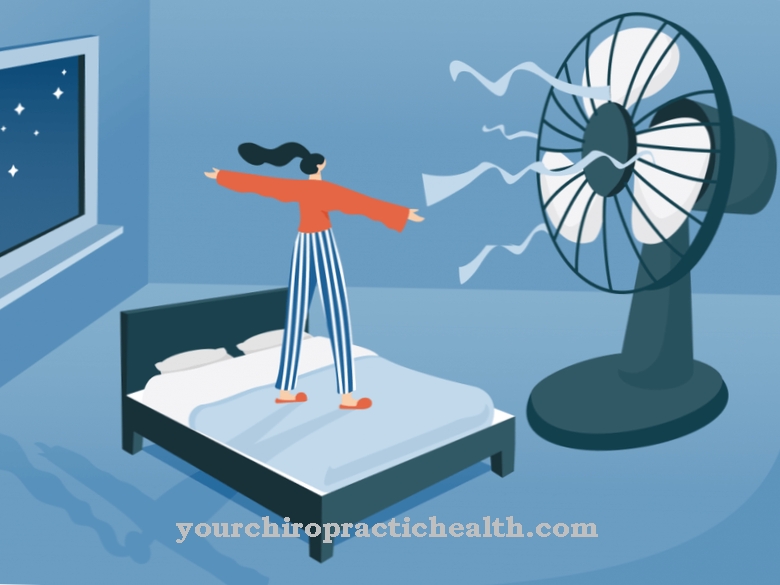By means of telecommunications, telemedicine bridges a given distance between doctors and patients or consulting doctors among themselves for the purposes of diagnosis and therapy. This increases the availability of evidence-based therapies, according to the recent telemedicine and health services research symposium.
Increased efficiency thanks to digitization

© M.Dörr & M.Frommherz - stock.adobe.com
Digitization is already shaping everyday life in many medical practices. Numerous practice processes can be designed to save time with digital solutions, such as administrative tasks such as appointment management. Around 60 percent of all family doctors now rely on digital scheduling. In doing so, they often resort to external service providers who provide ergonomic software products and technically experienced support.
As a result, employees do not need any prior knowledge in order to benefit from greater efficiency within everyday practice with the integration of appropriate solutions. Telemedicine is also an example of how digital building blocks can make medical practices of the future more efficient. Experts attribute high relevance to telemedical offers, especially in rural areas.
Unlike in the city, only a few specialists are available there to this day. Telemedical solutions could close the gap between town and country. The availability of specialist doctors could, for example, be increased in order to guarantee better care for patients living in rural areas.
Better exchange through teleconsultation
Many specialists in cities like Berlin are already offering teleconsultations. Doctors exchange information about the treatment of specific patients via the network in real time and do not have to be in the same room. Neurology departments are not available in some rural hospitals. In such cases, it can be useful to set up teleconsultations.
In these cases, where there is no expert on site, evidence-based therapy can be established without any loss of quality. It has been proven that the neurological assessment of patients is also possible via video chats. As the TEMPiS stroke project has shown, teleconsultants can even reduce the serious long-term effects of strokes by up to ten percent within the clinic.
Facilitated patient care via video consultation
Apart from a higher availability of experts, telemedical applications also enable new treatment options. Telemonitoring allows patients to be monitored within their own four walls, for example the chronically ill who regularly need medication settings.
Telemedicine also makes monitoring chronic ailments easier. This is the case with diabetics, for example, who from now on do not necessarily have to make time-consuming appointments at the doctor's office to check their values. According to experts, chronic diseases will increase across Germany in the future. In times of demographic change, it is assumed that German society will be progressively aging. The older society gets, the more chronically ill there will be. To ensure that medical care continues to be guaranteed across the board, new concepts are essential.
Telemonitoring is such a concept and it will be hard to imagine the future without it. A video consultation can also be used to assess patients who can hardly appear in person for doctor's appointments due to mobile restrictions. Cases like this will also be on the rise in an aging society and require rethinking of supply routes.
Some patients are not deterred by the distance or lack of mobility from consulting a specialist, but by shame. This applies, for example, to visits to the urologist or gynecologist, which are still frowned upon in some cultures. Telemedical consultation hours could also be a solution for this. In this regard, remote consultations can, for example, make it easier for young girls to visit a gynecologist or allow women from other cultures to receive relatively anonymous advice.
Does the remote treatment ban no longer apply?
Until a good two years ago, telemedical approaches were hardly conceivable. The reason for this was the remote treatment ban that was valid across Germany at the time. The regulation, anchored in Section 7 (4) of the MBO until 2018, stated that doctors are not allowed to provide treatment and advice “exclusively via print and communication media”.
In the meantime, this rule has relaxed. In individual cases, it is even permitted to advise completely unknown patients about telemedicine, as long as it is justifiable from a medical point of view. With this innovation, the medical profession will in future be responsible for deciding on a case-by-case basis whether pure treatment at a distance is permissible.
Despite the relaxation of the paragraph, telemedicine is still not in widespread use. Many doctors complain about the high costs associated with the technical implementation of the concepts when implementing such projects. Meanwhile, health insurers are going their own way. In Switzerland, the health insurance company Swica wants to encourage its policyholders to examine themselves using a specially designed diagnostic device.
The data collected in this way should first be sent to the cashier's specialist staff via the app. If there is a medical need, the experts will then initiate an online consultation hour. Critics complain about the new concept that patients can only conduct such examinations in an amateur way and also point out concerns about data protection. Nevertheless, German health insurances are now moving in similar directions as Swica.
Doctor-patient communication remains irreplaceable
Despite the numerous possibilities offered by telemedicine, corresponding measures will probably not completely replace direct doctor-patient communication in Germany in the future either.
Rather, according to experts, it will be used as a supplement to enable communication where it would otherwise be omitted. In the future, doctors will look after a larger patient population and at the same time save money and effort. For patients, in addition to a better supply situation, improvements in quality of life can be expected, in particular through convenient consultation and monitoring in their own four walls.
The increase in demand for advice and care options due to demographic change will at least be easier to cope with thanks to telemedicine of the future. In addition, telemedicine offers new possibilities for special areas such as space travel. The ISS, for example, has long been using telemedical diagnostic and treatment methods for astronauts. This can reduce the risk of serious complications in the event of a medical emergency in space.
Especially if the astronauts have received prior training. Appropriate training courses will not only play a role in the space sector in the future: so that patients can soon enjoy all the advantages of telemedicine options, they too will benefit from basic medical knowledge.
This would allow them to leave the role of laypersons in the future and be more involved in their diagnosis and treatment themselves. The better the individual knows the medical context, the more appropriate the decision for remote treatment is. This could ease the situation for overworked doctors. They would only have to invest their precious time in individual consultations if there was a real need.
























.jpg)



